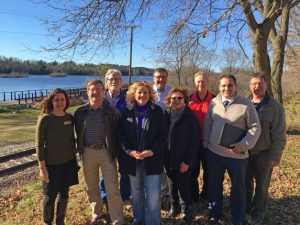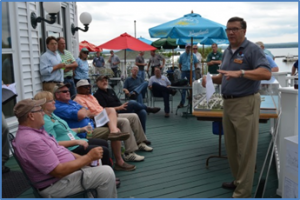Help design a fantastic conference agenda — submit your educational programming proposals for the EPA’s 2017 National Brownfields Training Conference.
Join the next National Brownfields Training Conference in Pittsburgh, Pennsylvania, December 5 -7, 2017. In addition to regular conference programming, EPA will hold pre-conference workshops on December 4.
You are invited to submit your ideas for dynamic educational sessions that encourage conversation and participation from your fellow attendees. A great Brownfields 2017 educational program will motivate brownfields stakeholders to engage, learn, and share their experiences and knowledge of community revitalization challenges and solutions.
How to Submit an Idea
Submit an abstract for a Brownfields 2017 session or presentation using our online submission form on www.brownfields2017.org. Deadline is March 17, 2017.
For questions, contact Patricia Overmeyer, at the EPA Office of Brownfields and Land Revitalization, 202-566-2774, Overmeyer.Patricia@epa.gov


